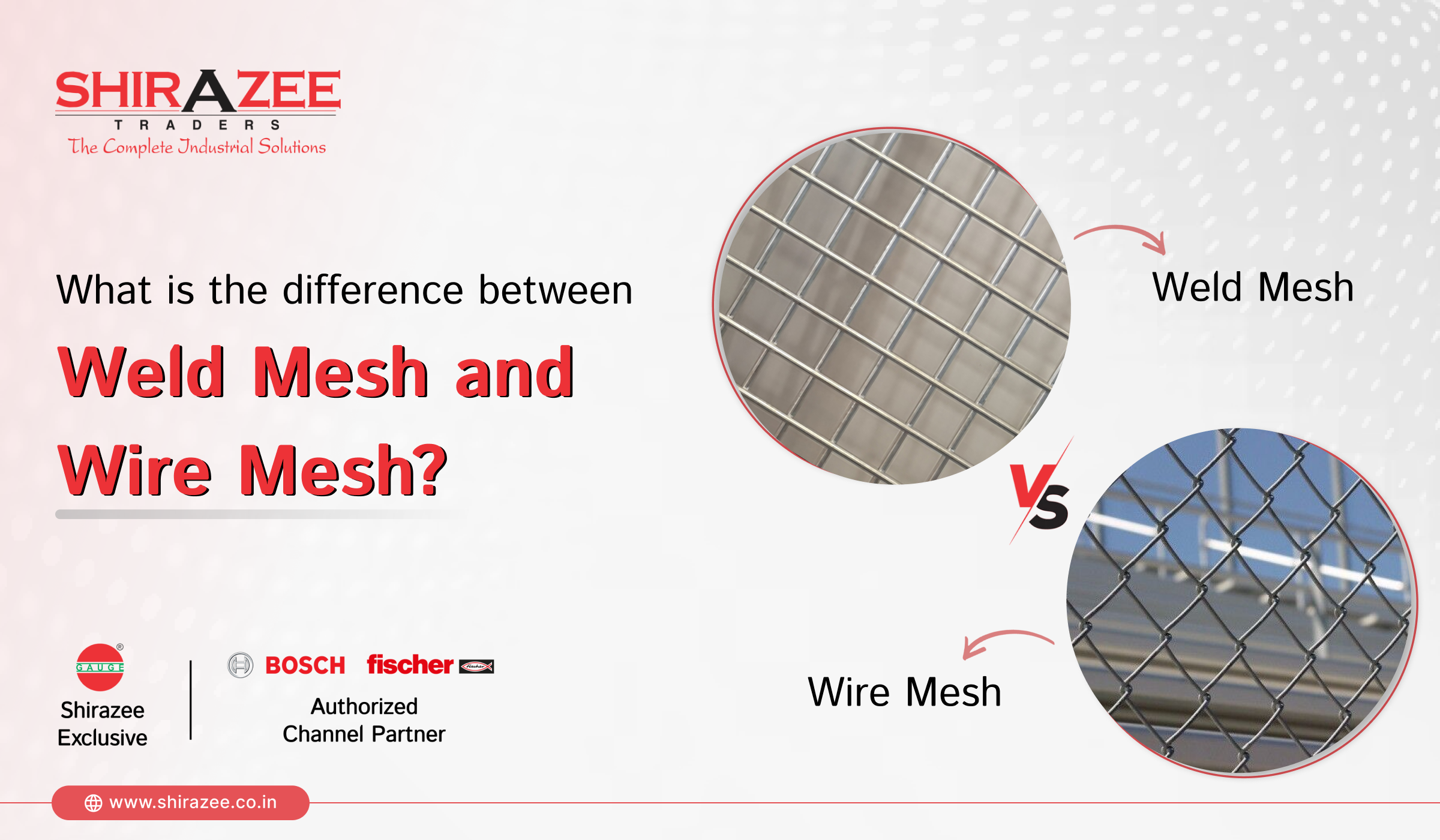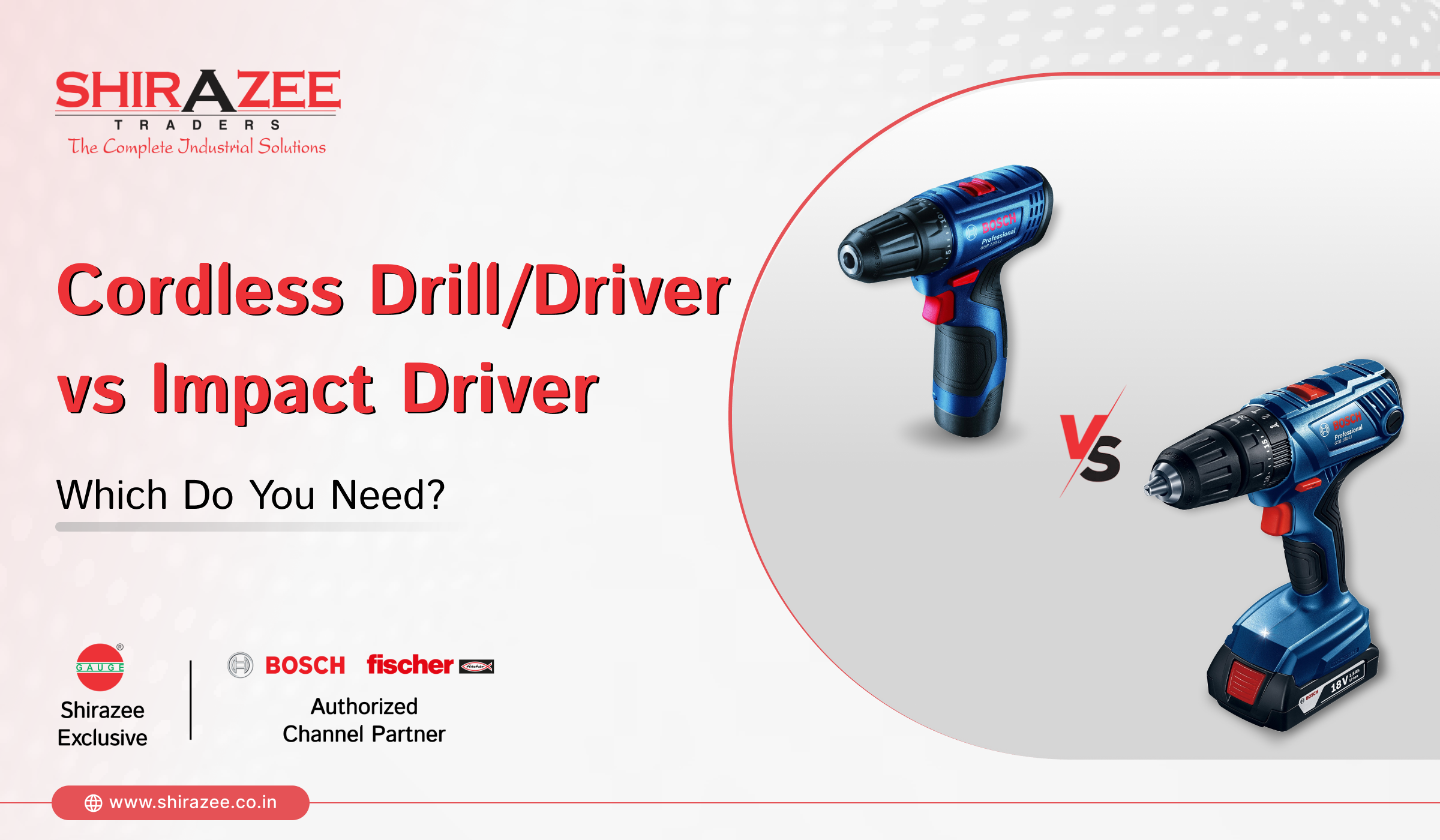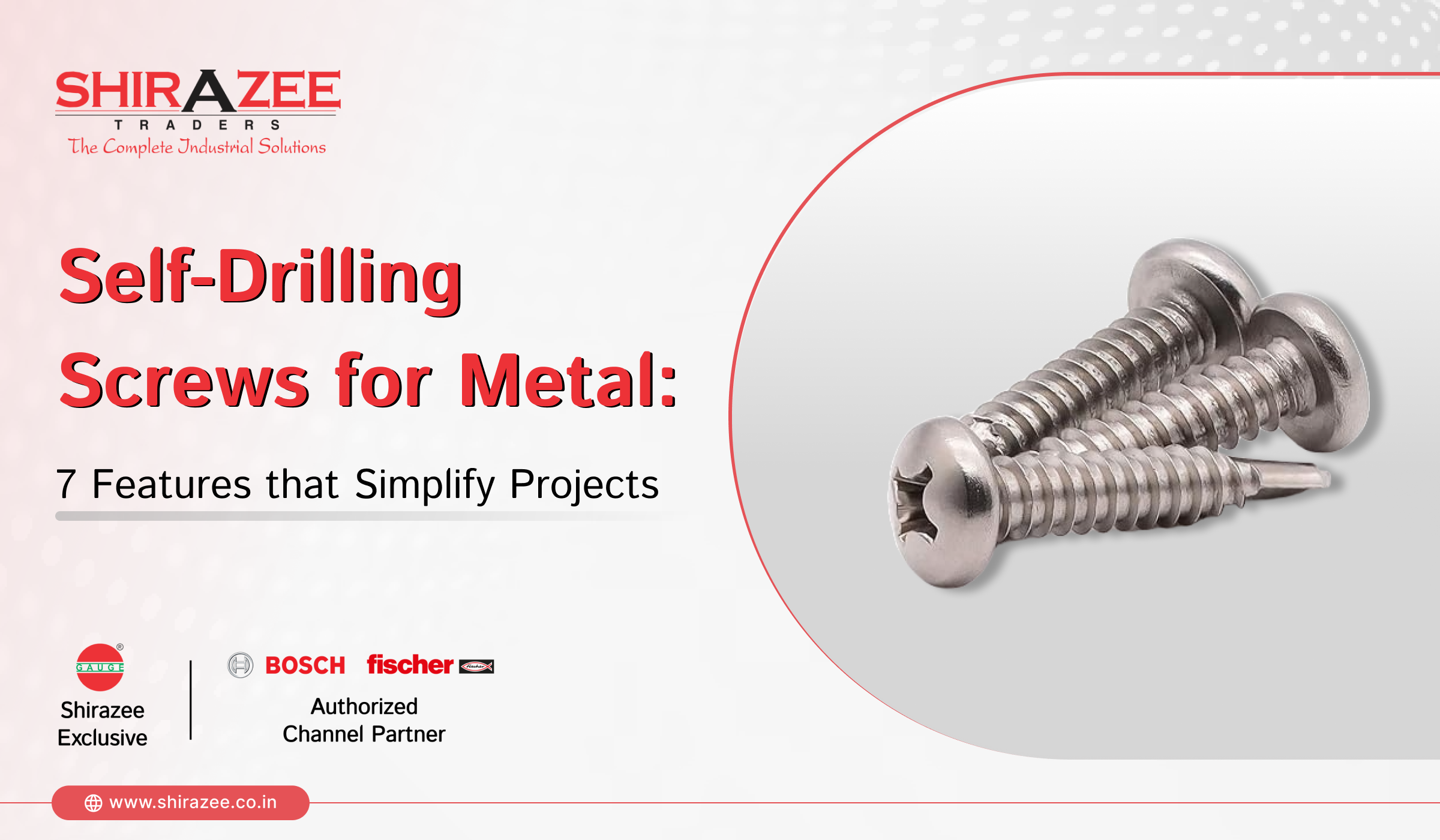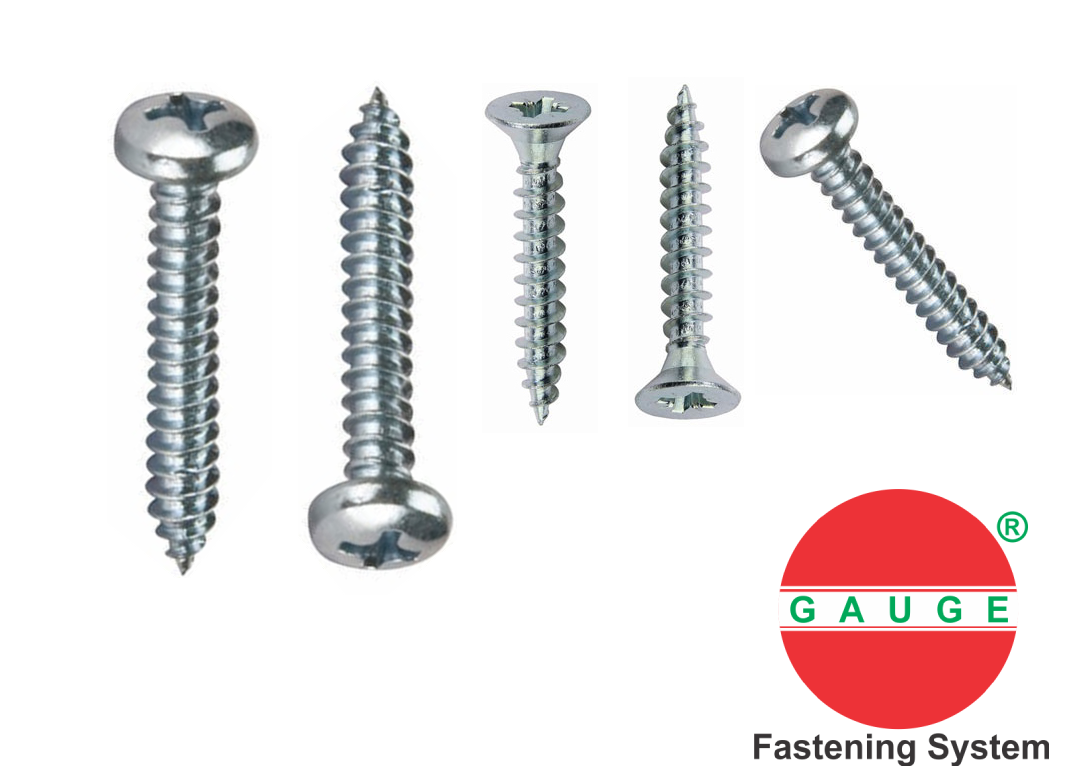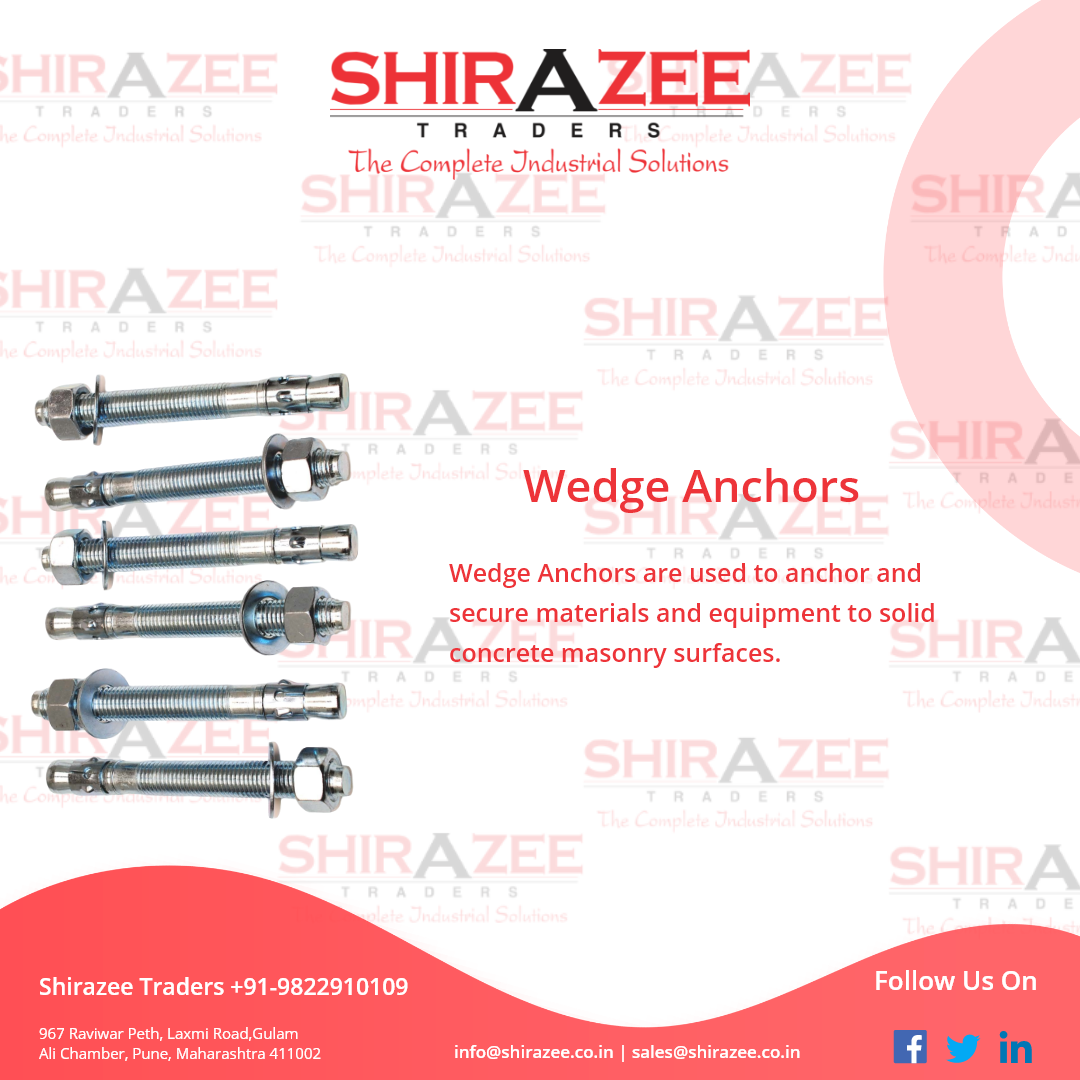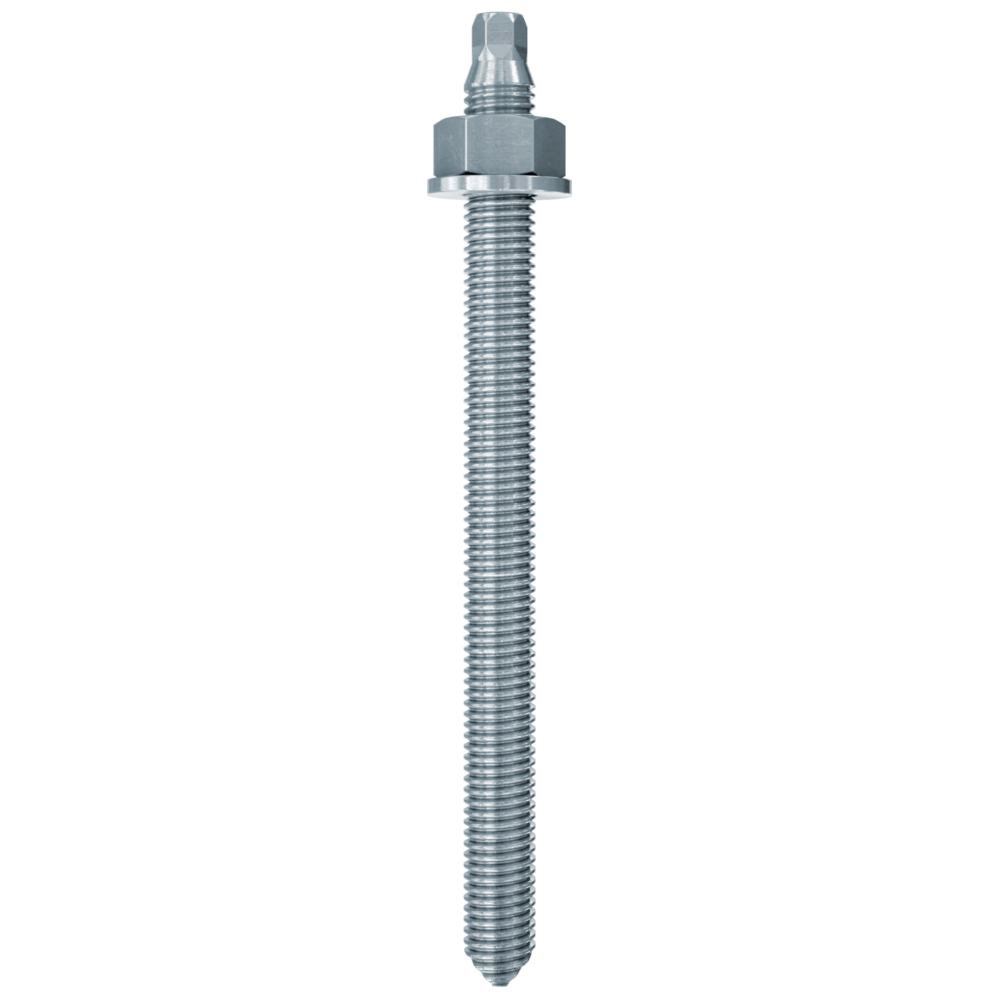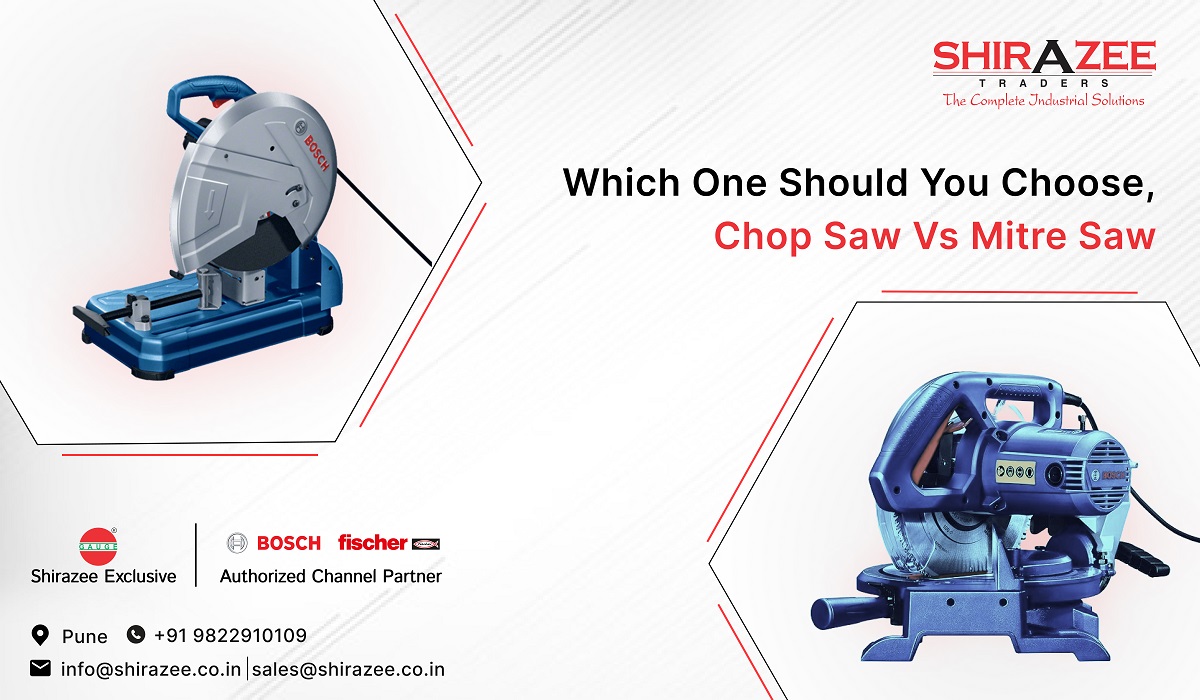
Which one should you choose, Chop Saw vs Mitre Saw?
posted in Business, Industrial Equipment by admin
When it comes to woodwork and construction, the tools that are used can have a big impact on how things turn out. Of all the saws that are available, the chop saw and the mitre saw are the two that stand out the most. These power tools are essential assets for any workshop; they each have special features designed for particular cutting jobs. Any craftsman or do-it-yourself enthusiast who wants to accomplish accuracy and efficiency in their work must be aware of the differences between these two saws.
A chop saw, sometimes referred to as a cutoff saw or an abrasive saw, has a simple design that is ideal for making quick, perpendicular cuts through a variety of materials, including plastic, metal, and wood. Its main advantage is that it can make precise, quick cuts, which makes it a great tool for high-volume cutting jobs. On the other hand, the mitre saw accommodates woodworking projects that require dexterity and precision by providing versatility through movable angles and bevel cuts.
We examine the differences between chop saws and mitre saws in detail in this blog, covering their salient characteristics, advantages, and factors to take into account when choosing the best tool for your workshop. To maximize productivity and produce better results in your woodworking endeavors, it is essential to understand the strengths of each saw, regardless of whether you value speed and durability or precision and versatility. So let’s set out on this adventure to solve the riddles surrounding chop saws and mitre saws so you can choose wisely for your woodworking arsenal.
Let Us First Understand Chop Saws
Let’s start by exploring chop saws. These devices, sometimes referred to as cut off saws or abrasive saws, are made to cut through materials like plastic, metal, and wood precisely and perpendicularly. They have an abrasive or toothed blade mounted on them that cuts through material quickly by moving downward.
Key Features of Chop Saws
1. Straight Cuts: Chop saws are perfect for jobs requiring efficiency and precision because they can make straight cuts fast and precisely.
2. Strong Cutting: Chop saws can cut through tough materials like steel pipes or thick wooden boards with ease thanks to their powerful motors and sharp blades.
3. Fixed Angles: Generally speaking, chop saws lack adjustable angles, in contrast to mitre saws. Though some models might let you make small adjustments, they are mainly used for 90-degree cuts.
Here Are The Benefits of Chop Saws
1. Speed: Because chop saws are designed for efficiency and speed, they are perfect for large construction projects or high-volume cutting jobs in industrial environments.
2. Durability: Because they have fewer moving parts and a simpler design, they are frequently more durable and require less maintenance.
3. Versatility: Although chop saws are mainly used for straight cuts, they can also be used for some bevel cuts, which makes them adaptable instruments for a range of uses.
Let’s Now Understand Mitre Saws
Conversely, mitre saws are highly valued for their adaptability and accuracy when cutting at an angle. With the ability to pivot left or right, the circular blade mounted on the swing arm of these saws enables users to customize the cut angle to suit their own requirements.
Key Features of Mitre Saws
1. Adjustable Angles: Depending on the model, mitre saws can be used to make angled cuts with a range of 0 to 45 degrees or more. They are very useful for tasks that call for angled or beveled edges because of their versatility.
2. Bevel Cuts: To increase their cutting capacity, many mitre saws come equipped with a bevel feature that tilts the blade to make cuts along the thickness of the material in addition to angled cuts.
3. Precision: Mitre saws are known for their accuracy, which makes them a preferred option for woodworking projects that require perfection. This is due to their sturdy base and precise cutting mechanisms.
Here Are The Benefits of Mitre Saws
1. Versatility: Because of its adjustable angles and bevel capabilities, a mitre saw can easily handle a wide range of cutting tasks, whether you’re working on crown moulding, picture frames, or furniture pieces.
2. Accuracy: The steady platform, sharp blade, and adjustable angles guarantee consistently accurate cuts, which minimizes the need for extra finishing work.
3. Ease of Use: Mitre saws are comparatively simple to use, which makes them appropriate for both new and expert craftspeople, even with their sophisticated features.
How to Choose The Right Tool
After discussing the features and benefits of chop saws and mitre saws, it’s time to decide which one is best for your workshop. Take into account the following elements:
1. Type of Projects: A chop saw might be the best choice if the majority of your work entails making straight cuts in materials like metal or lumber. A mitre saw, on the other hand, would be a better choice if you frequently work with angles and need precise cuts for woodworking projects.
2. Workspace Restrictions: Because of their adjustable features and swing arm, mitre saws usually take up more room in the workspace. In case your workshop is cramped, a small chop saw might be a better option.
3. Budget: Although the prices of chop saws and mitre saws differ based on their features and capacities, chop saws are typically more affordable, particularly for entry-level models. But, it might be worthwhile to spend more money on a better model if you require the adaptability and accuracy of a mitre saw.
4. Portability: If you require a saw that is simple to carry to various job locations, you might want to take into account a cordless model, such as the Bosch cordless chopsaw. These lightweight chop saws maintain performance and power while providing the ease of cordless operation.
Conclusion
In the end, your particular needs and preferences will determine whether you choose a chop saw or a mitre saw. A chop saw might be the best option if you value straight cuts, durability, and speed. However, a mitre saw is probably a better option if you need versatility, accuracy, and the capacity to make angled cuts. Regardless of your choice, make sure to select a reputable hardware product supplier to guarantee you receive a high-quality saw that satisfies your needs. When you have the proper tool for the job, you can confidently and precisely take on any woodworking or construction project.

